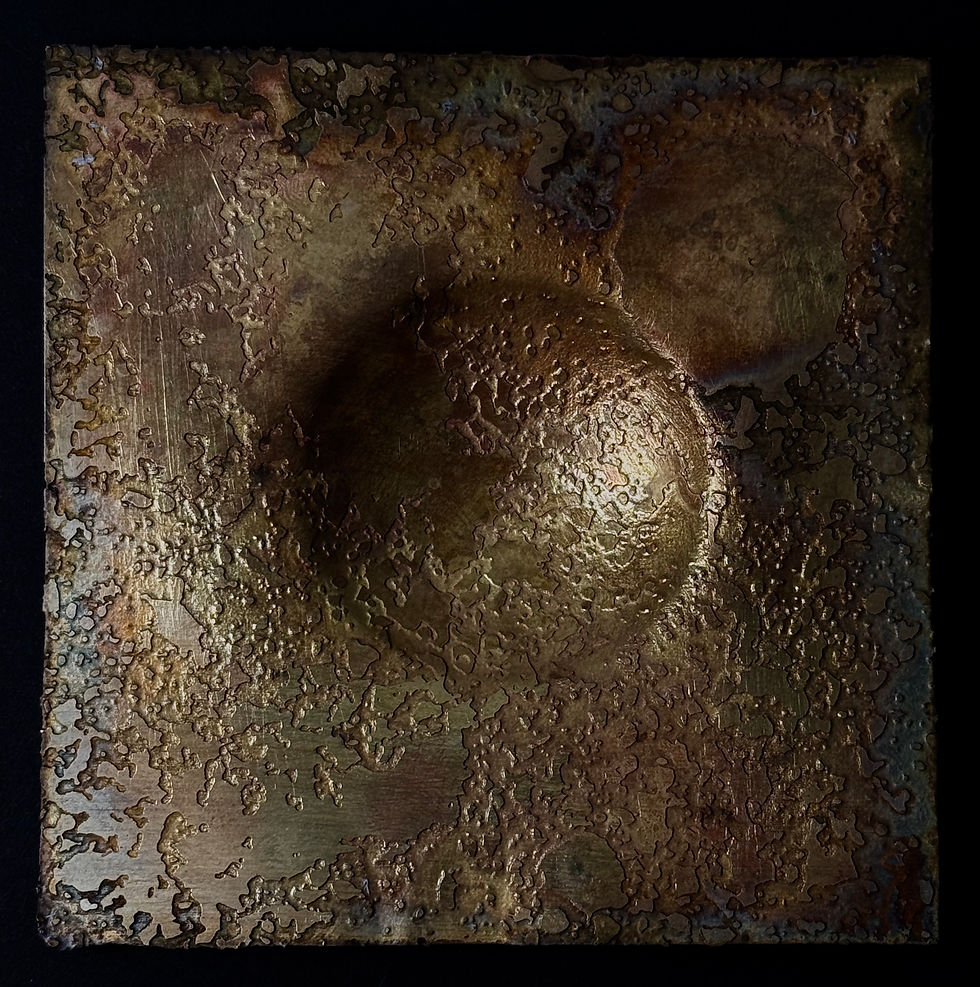Material
Exploration and Process Testing
Throughout my practice, I have experimented with a wide range of techniques and materials to investigate and create diverse textures. Recently, I have explored several processes to support the development of my new collection, which emphasizes the interplay of contrasting textures. These methods have allowed me to push creative boundaries and refine my approach to designing pieces with dynamic and engaging surfaces.

Reticulation
What is reticulation? Reticulation of metal is a texturing technique used in jewellery and metalwork to create unique, organic surface patterns. It involves heating a metal alloy (typically one with a higher silver content) to near its melting point, causing the surface to wrinkle and ripple due to the differing melting points of the alloy's components. The process is controlled yet unpredictable, resulting in intricate, one-of-a-kind textures that resemble natural landscapes or flowing patterns.

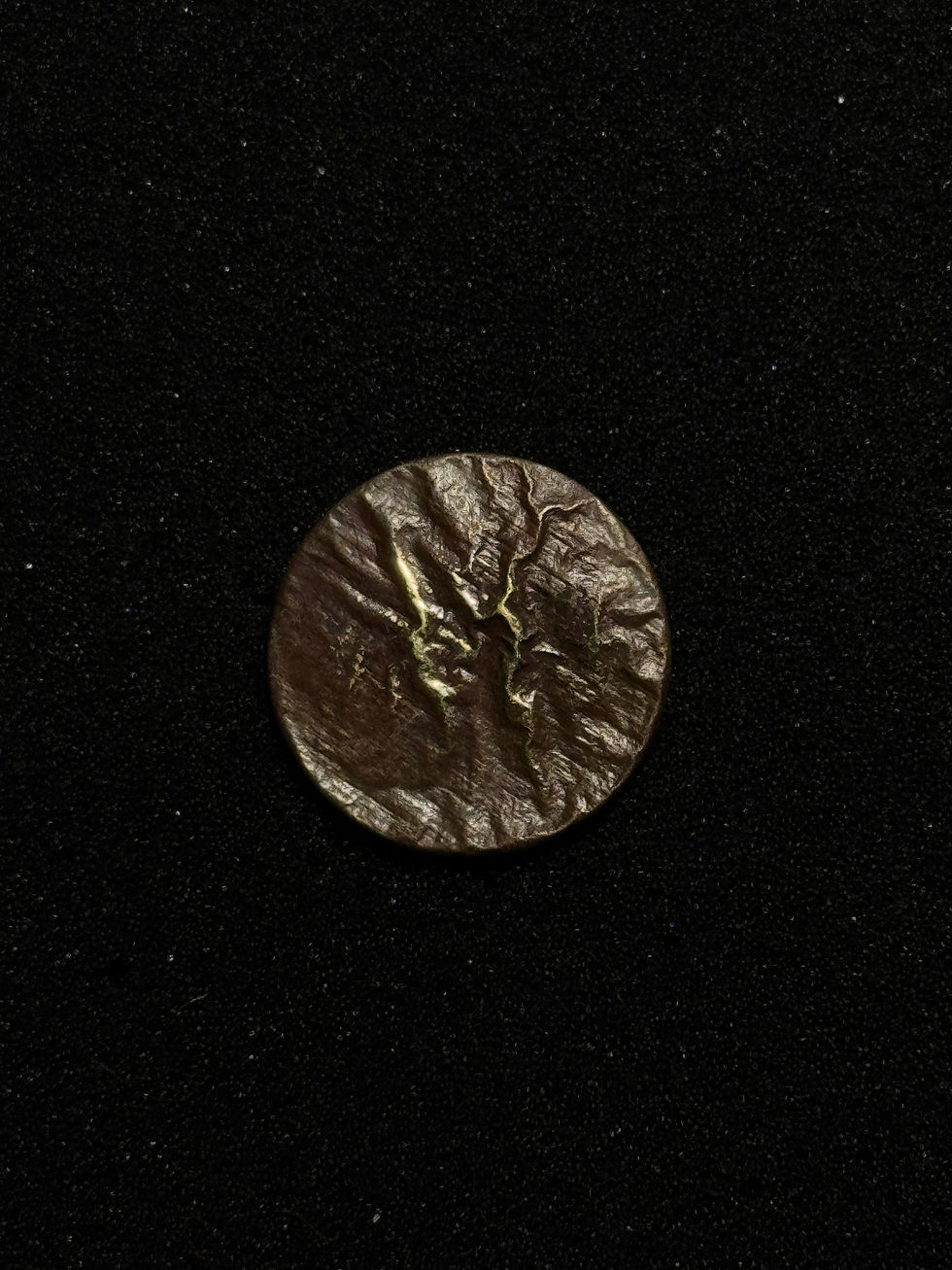

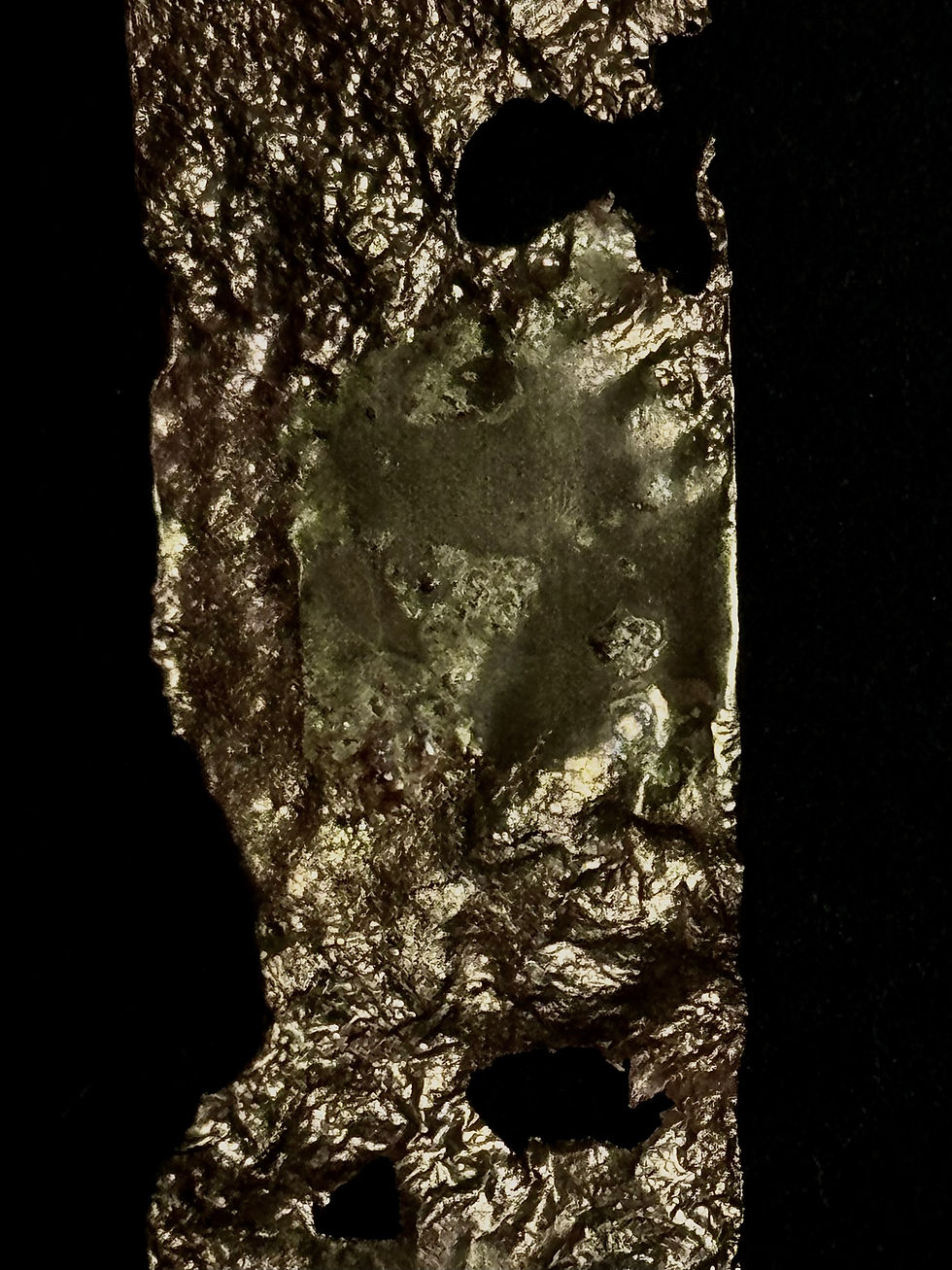
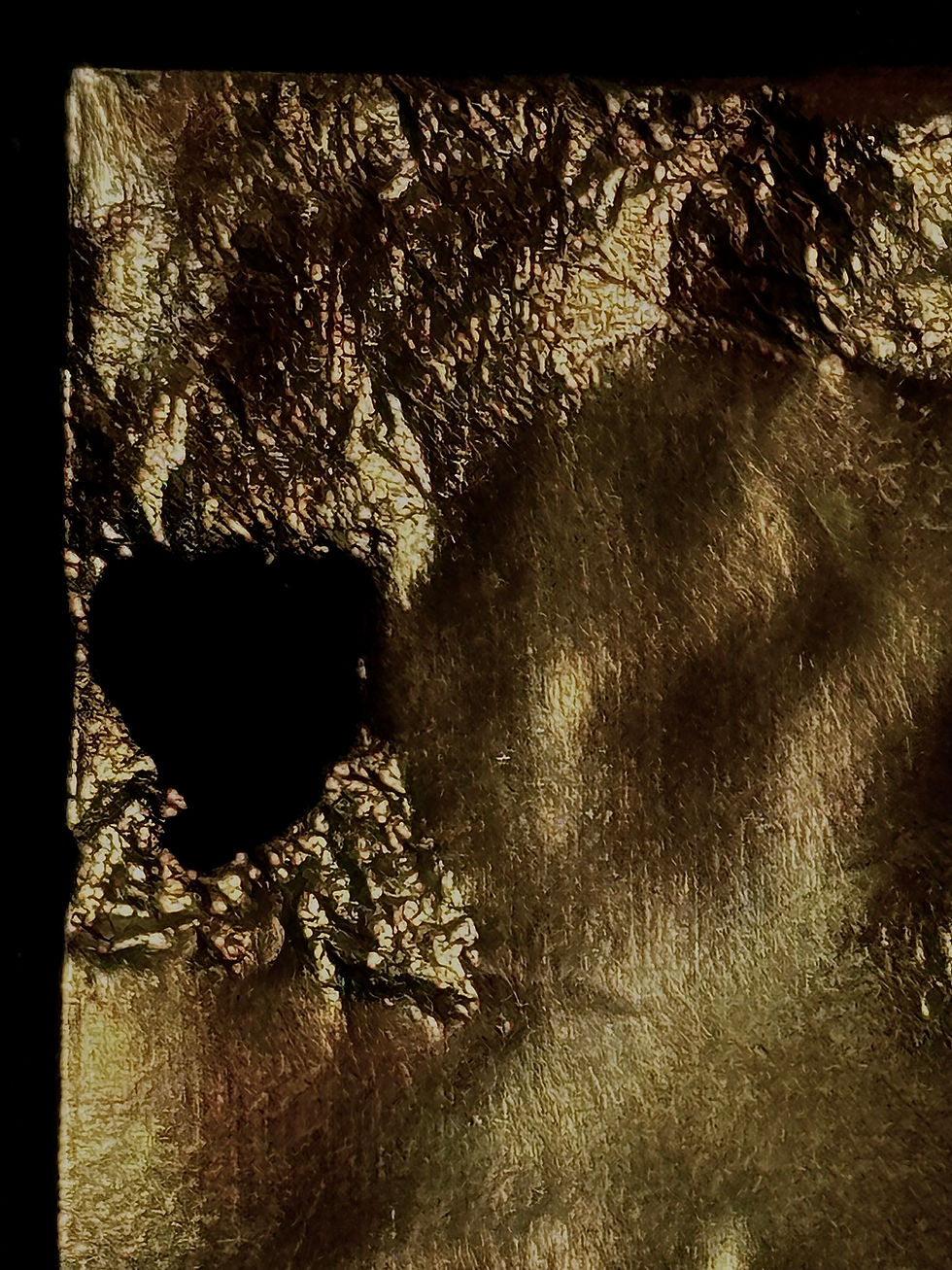

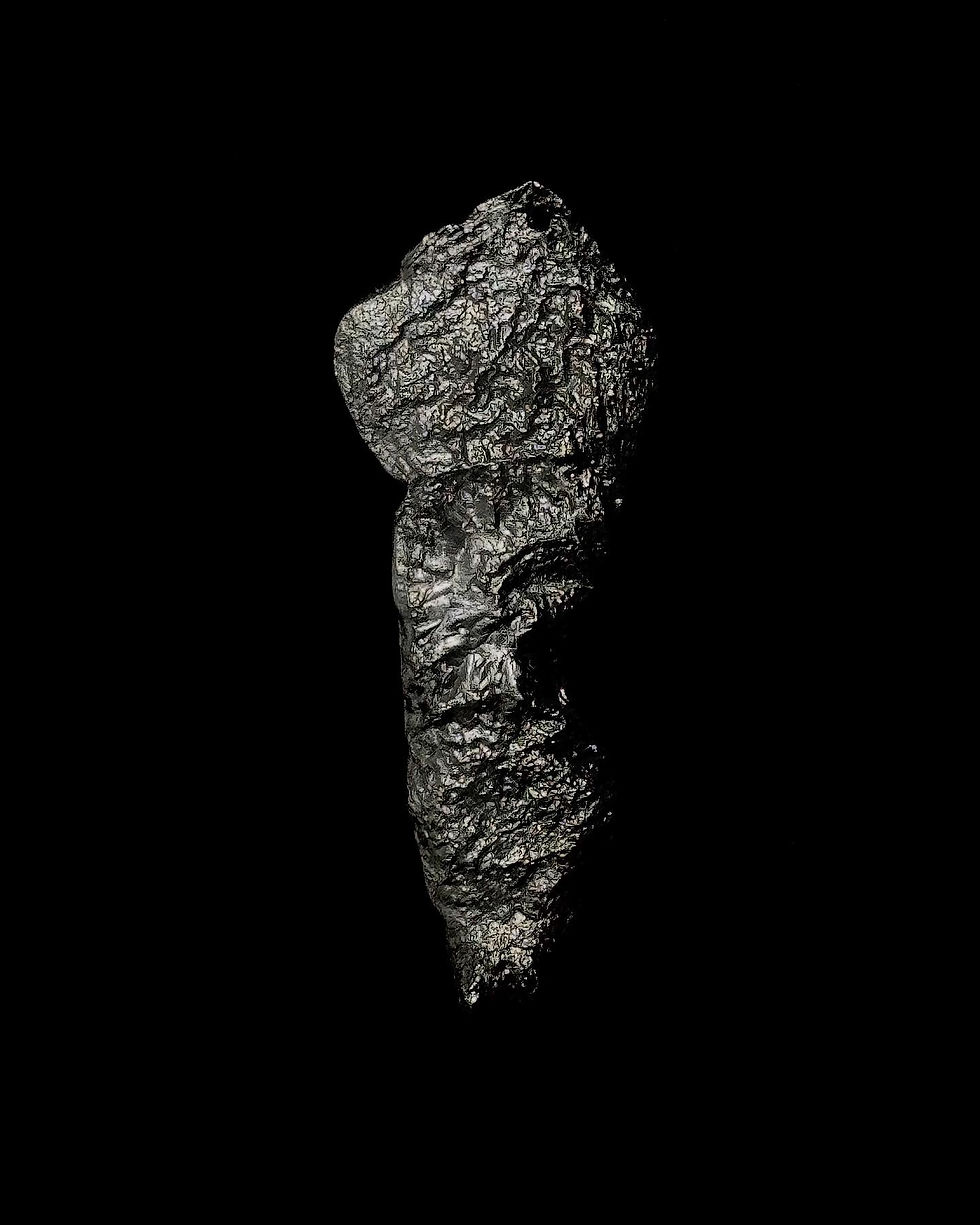



Rolling Mill
What is the Rolling Mill? A rolling mill is a versatile tool used in jewellery making to manipulate metal sheets or wires, altering their thickness, texture, or shape. It consists of two steel rollers, which can be adjusted to apply pressure to the material passed between them. The rolling mill is commonly used for thinning or flattening metal, creating uniform thickness, or imprinting textures by rolling the metal alongside materials like fabric, paper, or textured plates. This technique allows for precision and creativity in shaping and designing jewellery components.
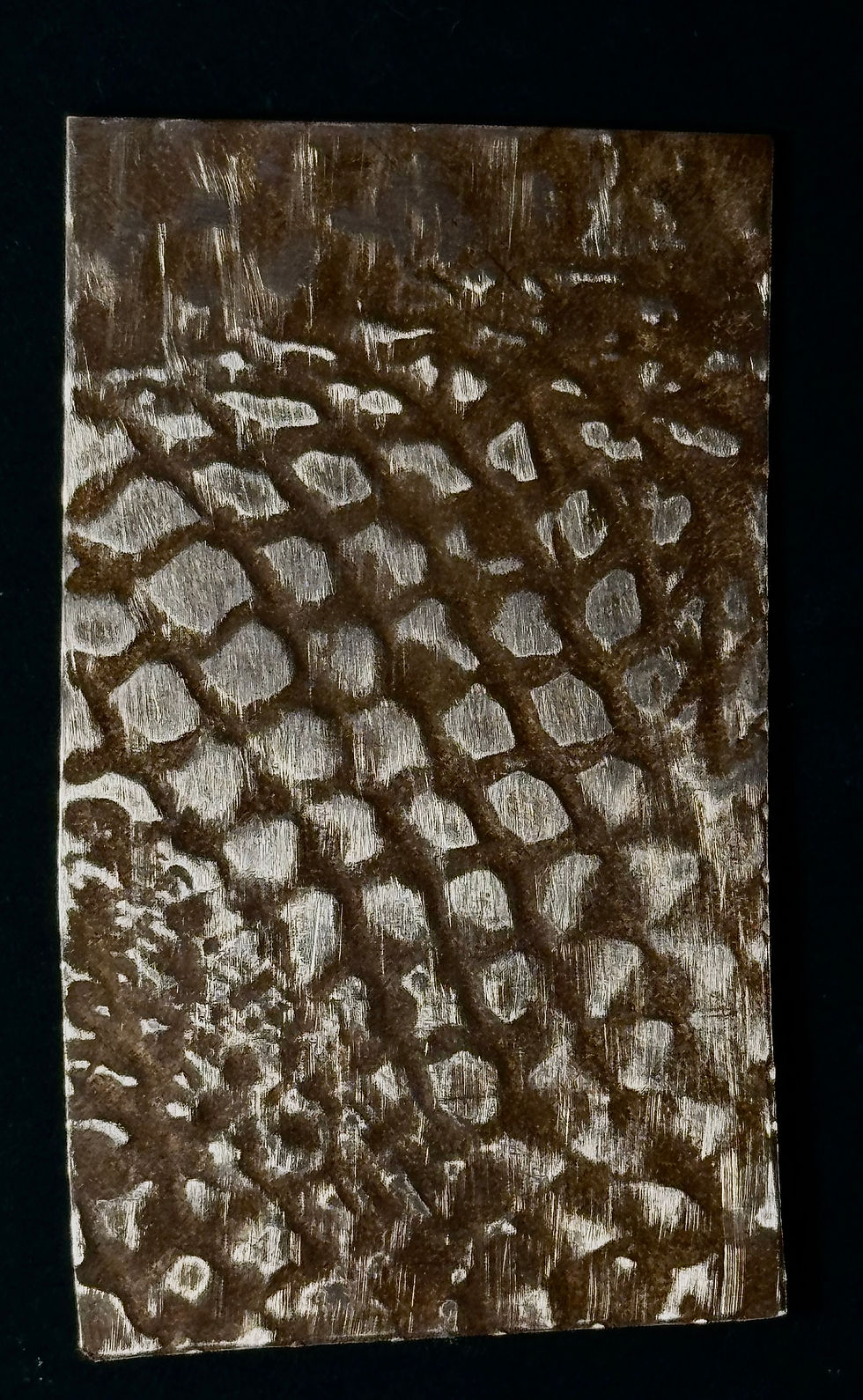


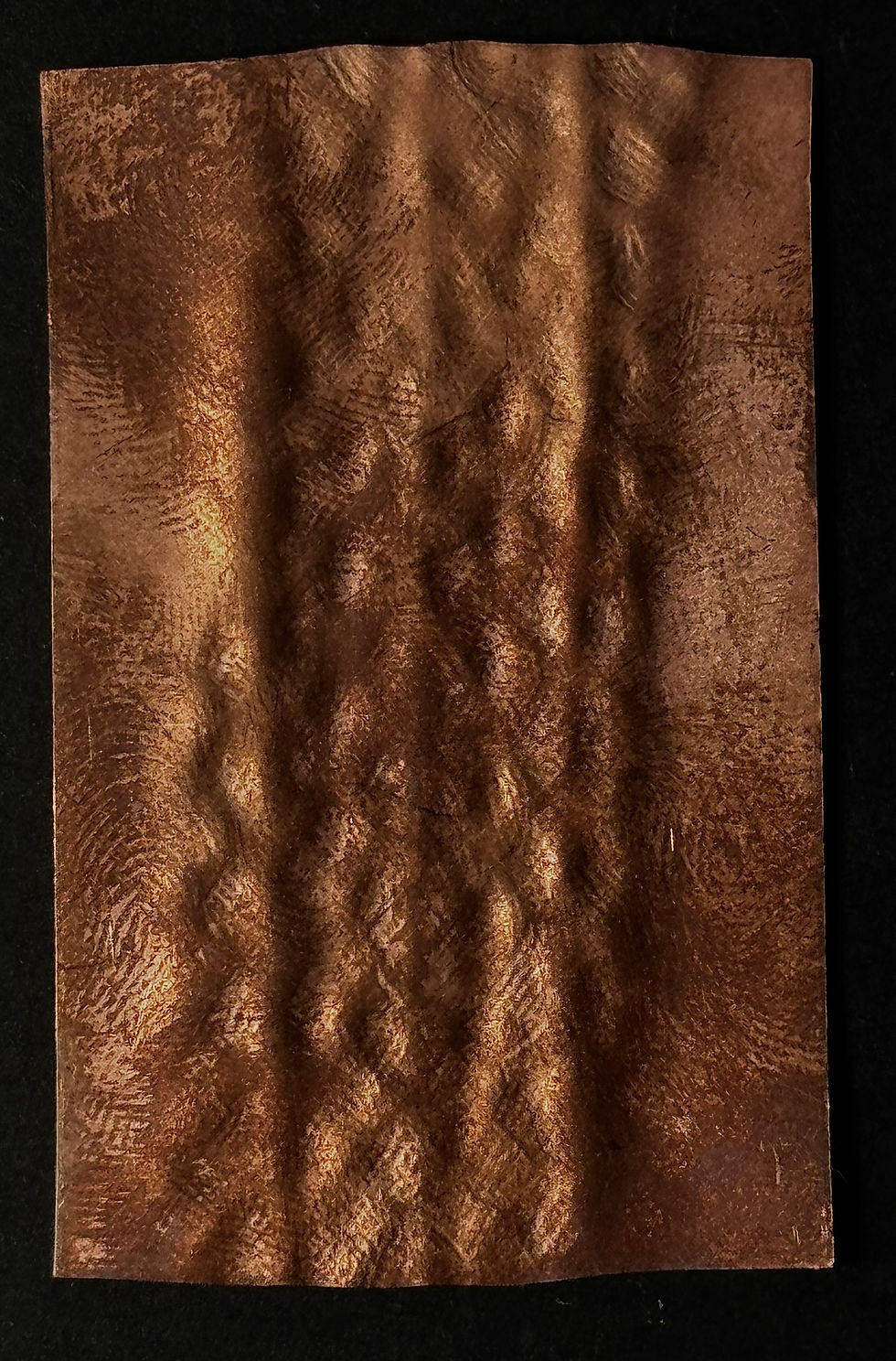
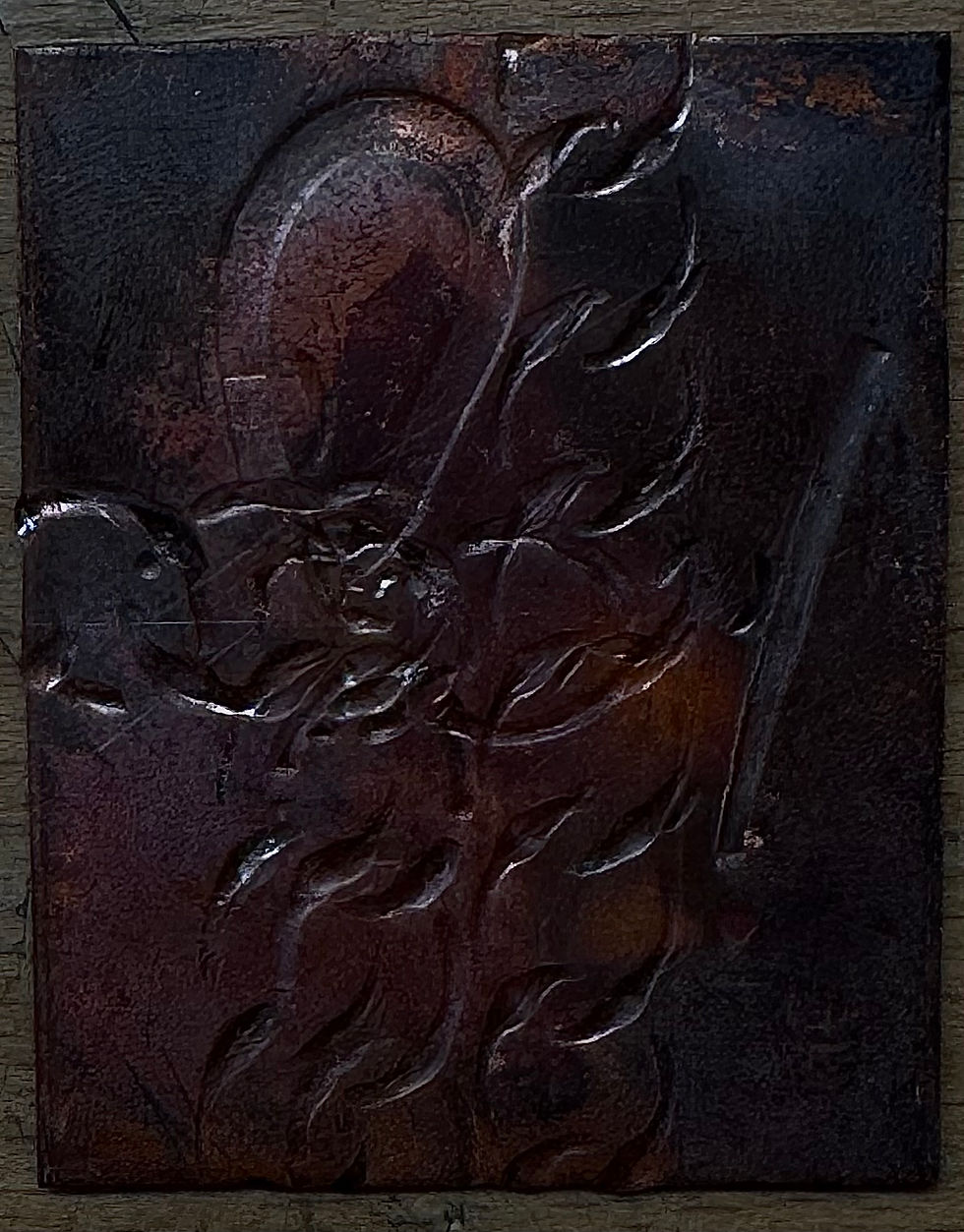
Chasing and Repoussé
What is Chasing and Repoussé ? Chasing and repoussé are traditional metalworking techniques used to create intricate designs and dimensional reliefs on metal surfaces. - Repoussé involves working from the back of the metal sheet, hammering it into a desired shape or design to raise it in relief. - Chasing is the complementary technique, where the metal is worked from the front to refine details, add texture, or enhance the design. Together, these techniques allow craftspeople to sculpt and decorate metal with remarkable depth and detail, often used in jewellery, sculpture, and decorative art.
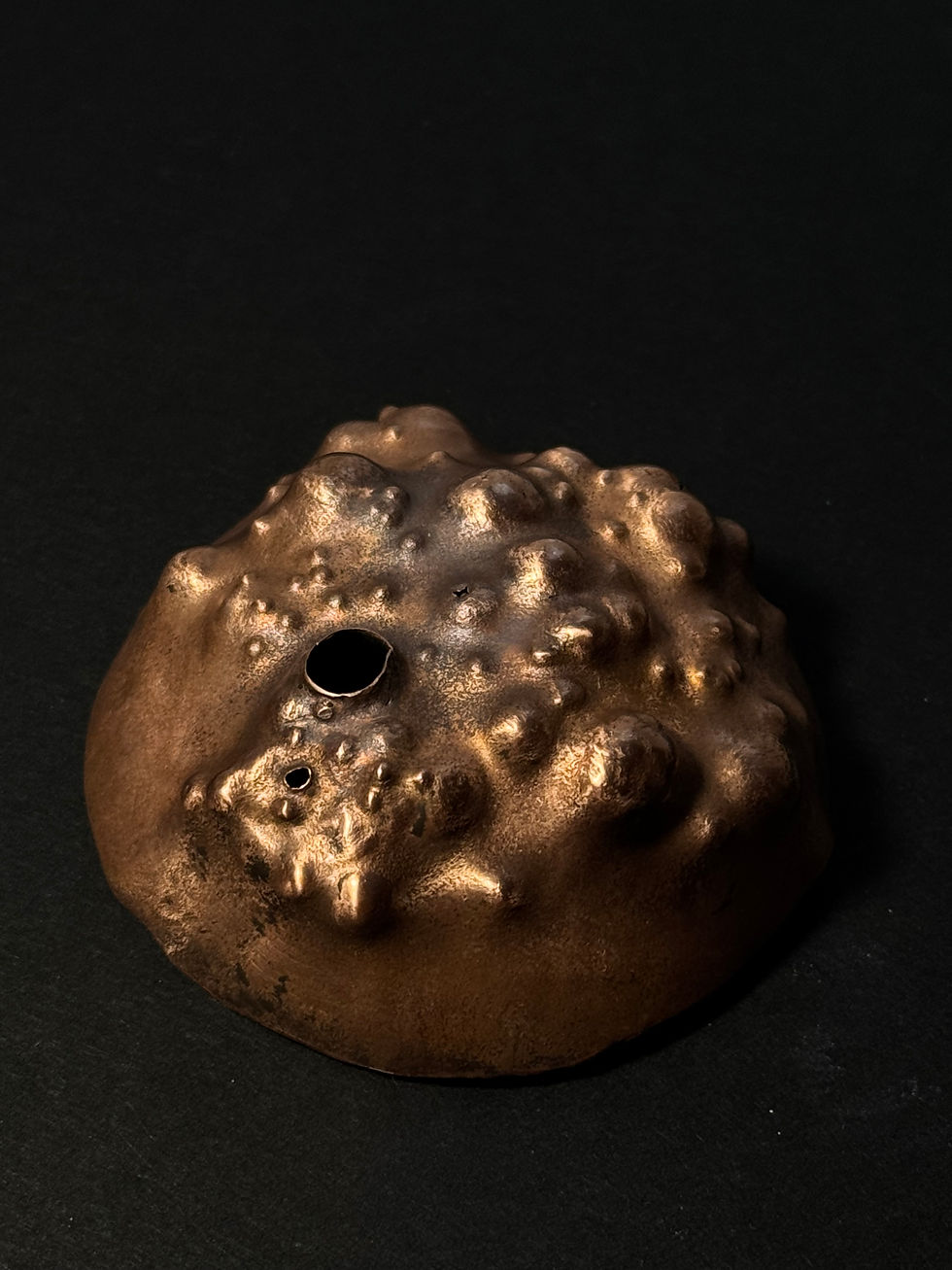
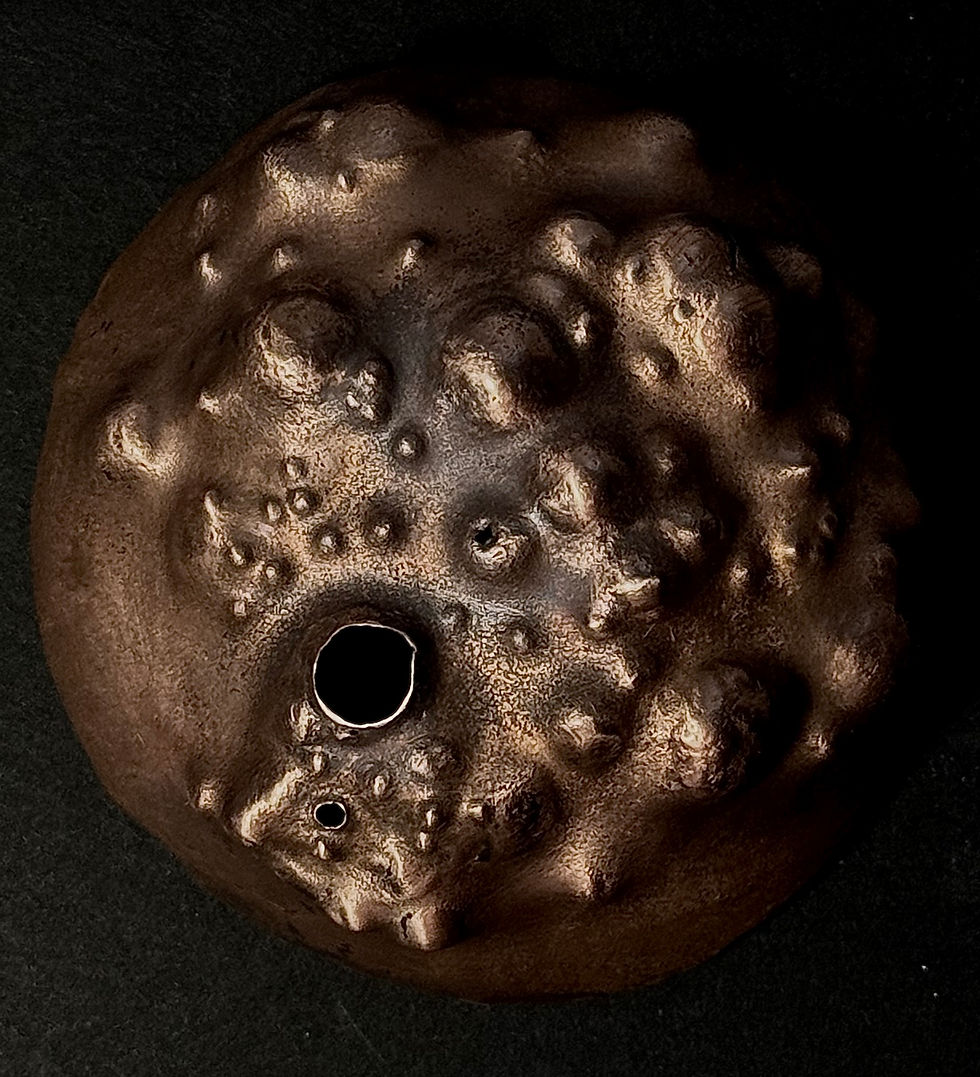
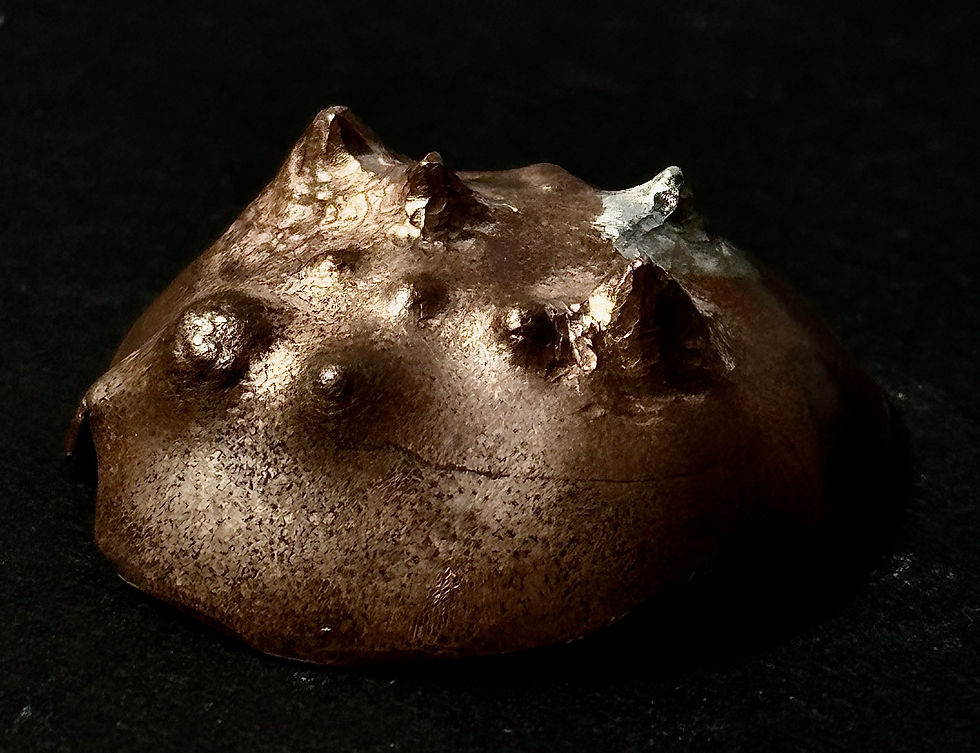

Lost-wax Casting
What is lost-wax casting? Lost-wax casting is a traditional method used in jewellery making to create detailed metal pieces. The process begins with carving or sculpting a design in wax, which is then encased in a heat-resistant material like plaster to form a mould. Once hardened, the mould is heated to melt and "lose" the wax, leaving a cavity in the desired shape. Molten metal is then poured into the mould. After cooling, the mould is broken away to reveal the metal piece, which is then cleaned and finished. This technique allows for intricate and precise designs in metal jewellery.
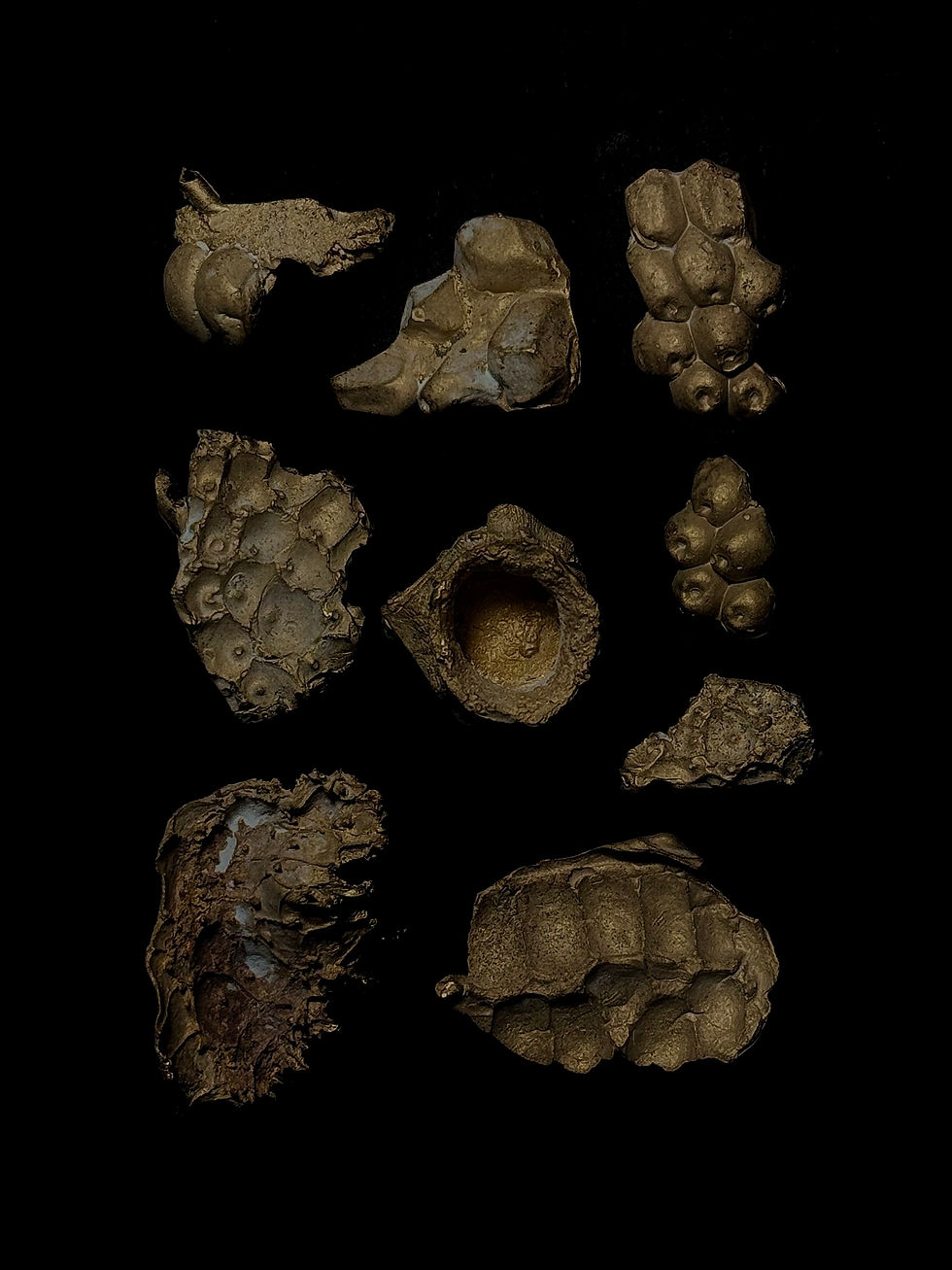
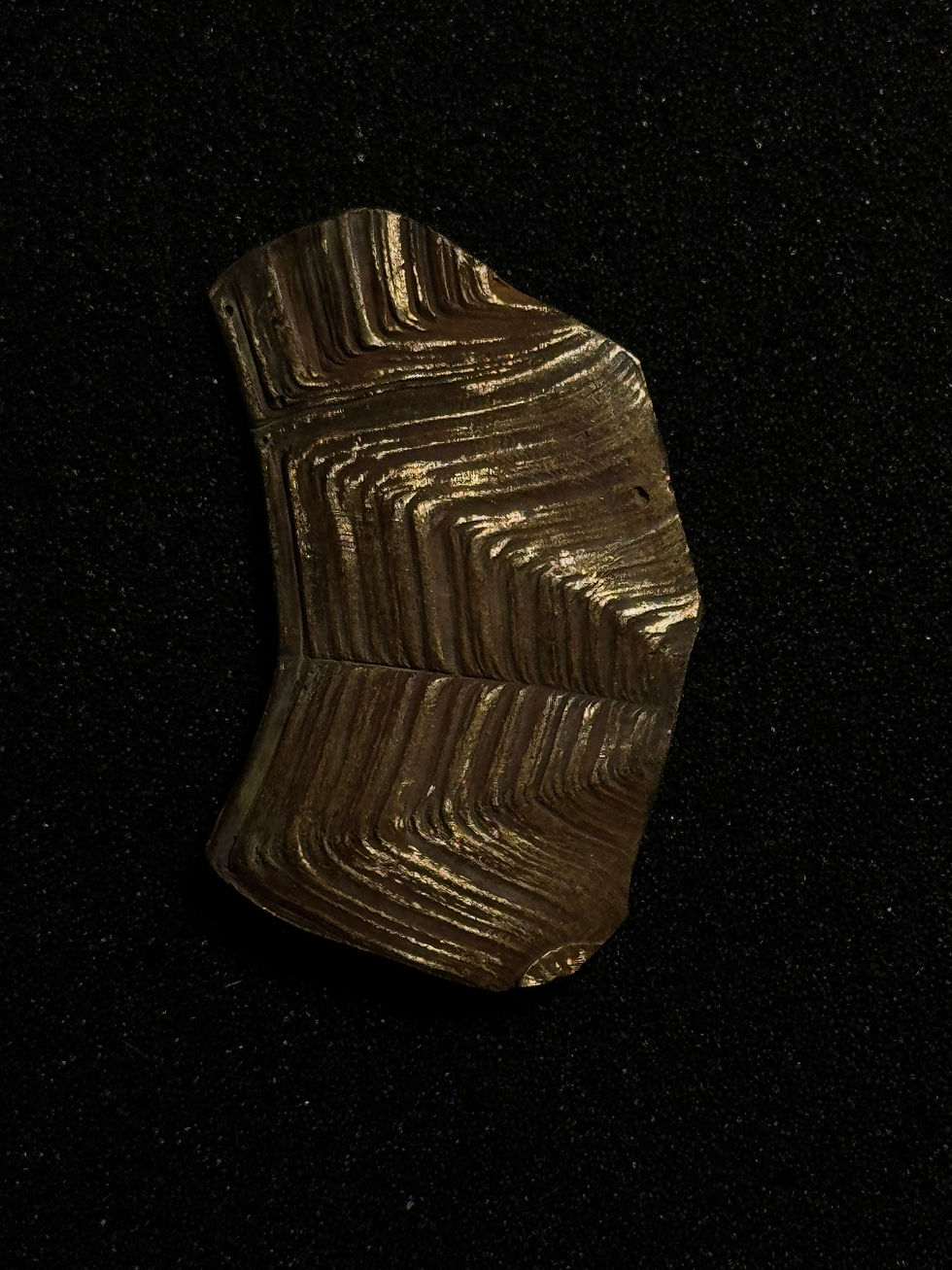


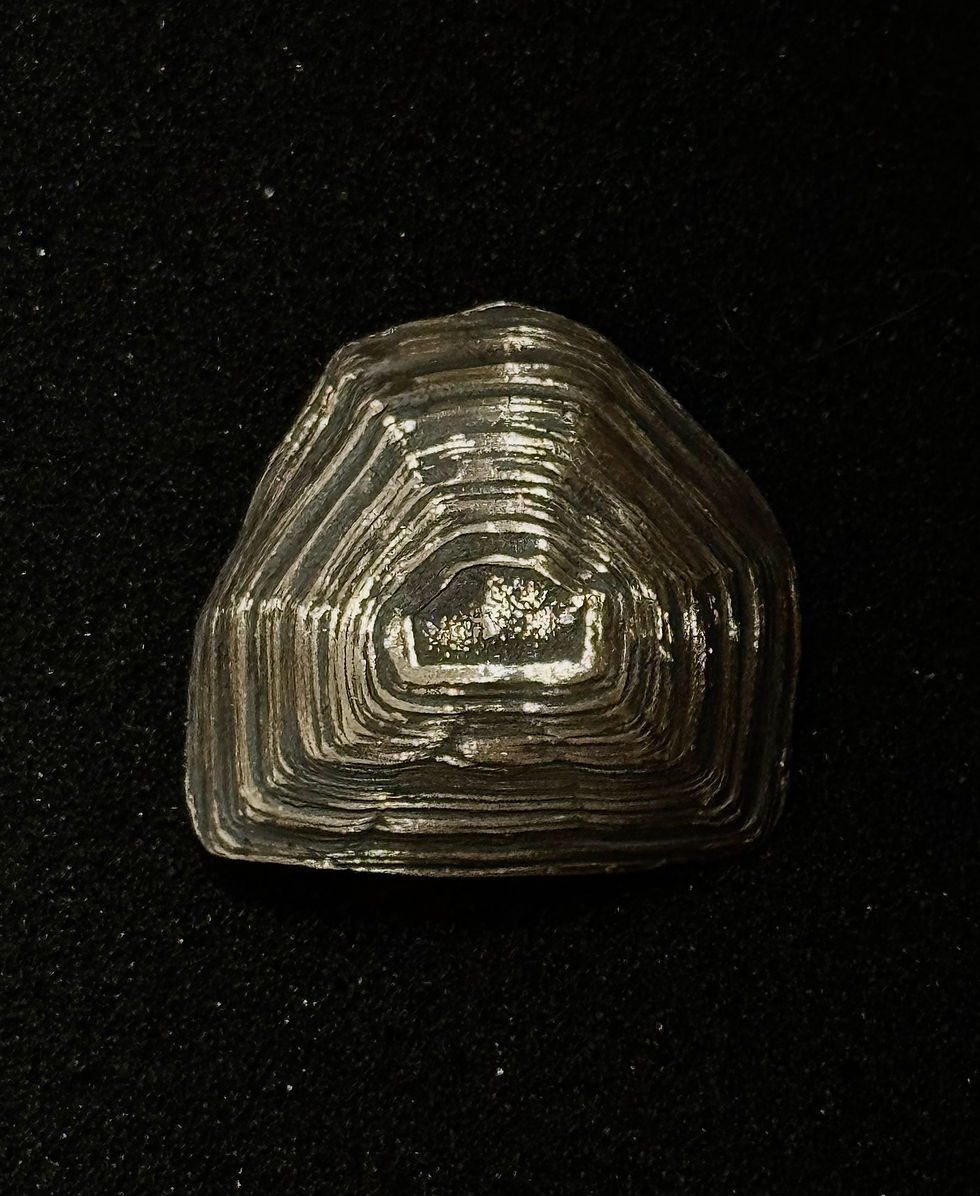


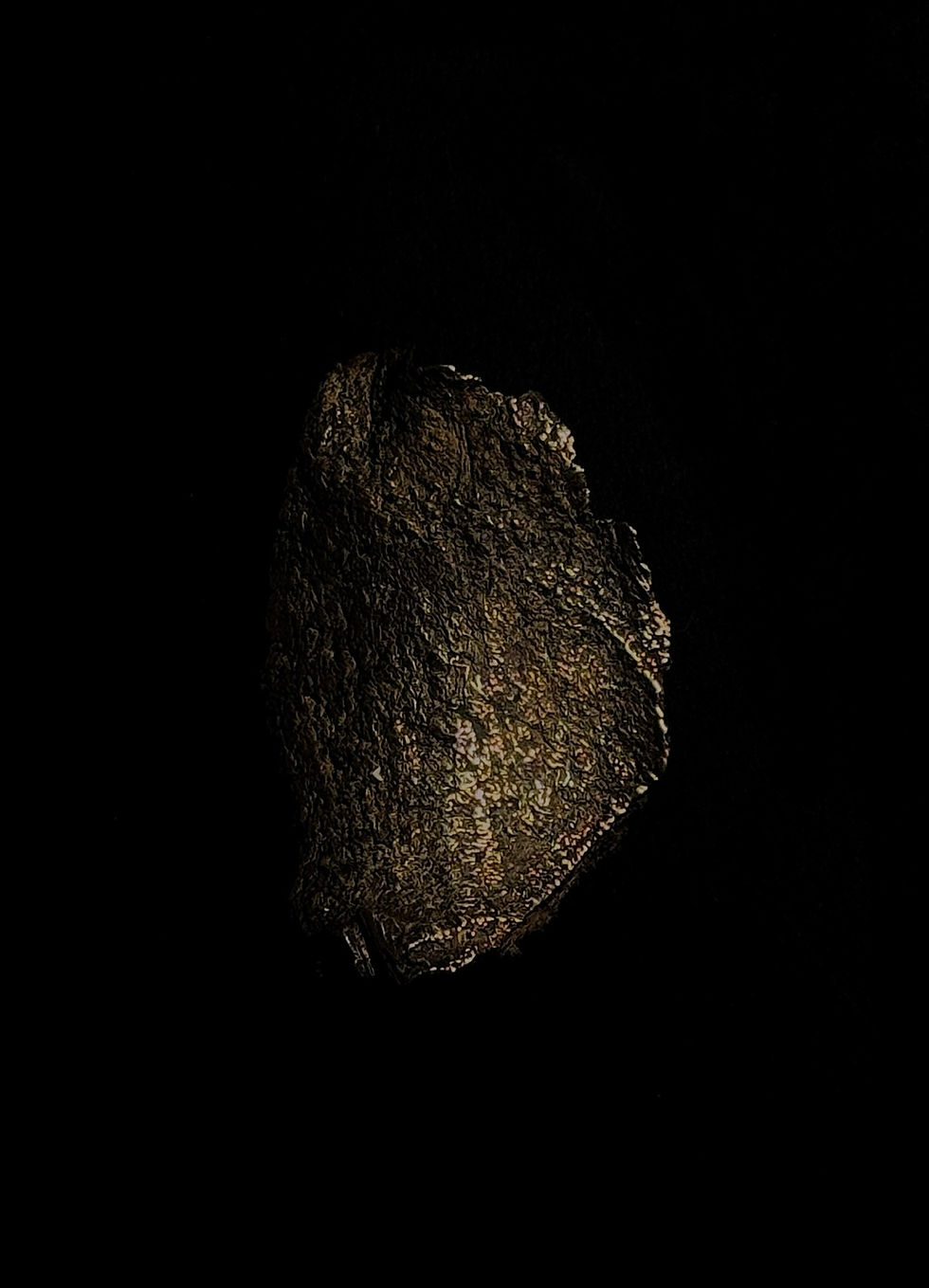


Patination
What is patination? Patination in jewellery refers to the process of chemically or naturally altering the surface of a metal to create colour, texture, or patterns. This technique is often used to enhance the aesthetic appeal of a piece by introducing rich, unique finishes such as blues, greens, browns, or blacks. Patinas can be achieved through chemical treatments, heat, or exposure to environmental elements. Commonly applied to metals like copper, bronze, and silver, patination allows for artistic expression and adds depth and character to jewellery designs.


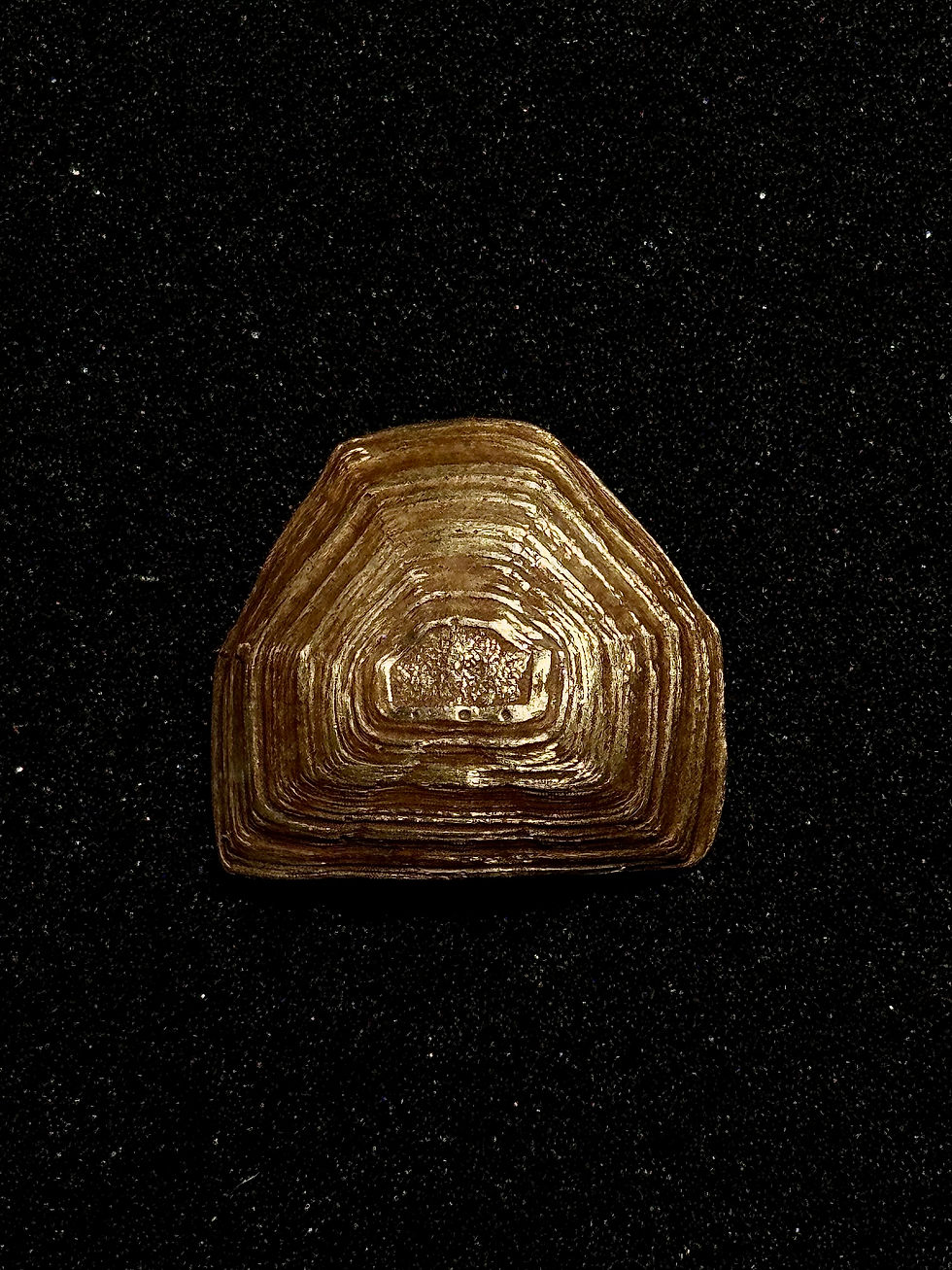
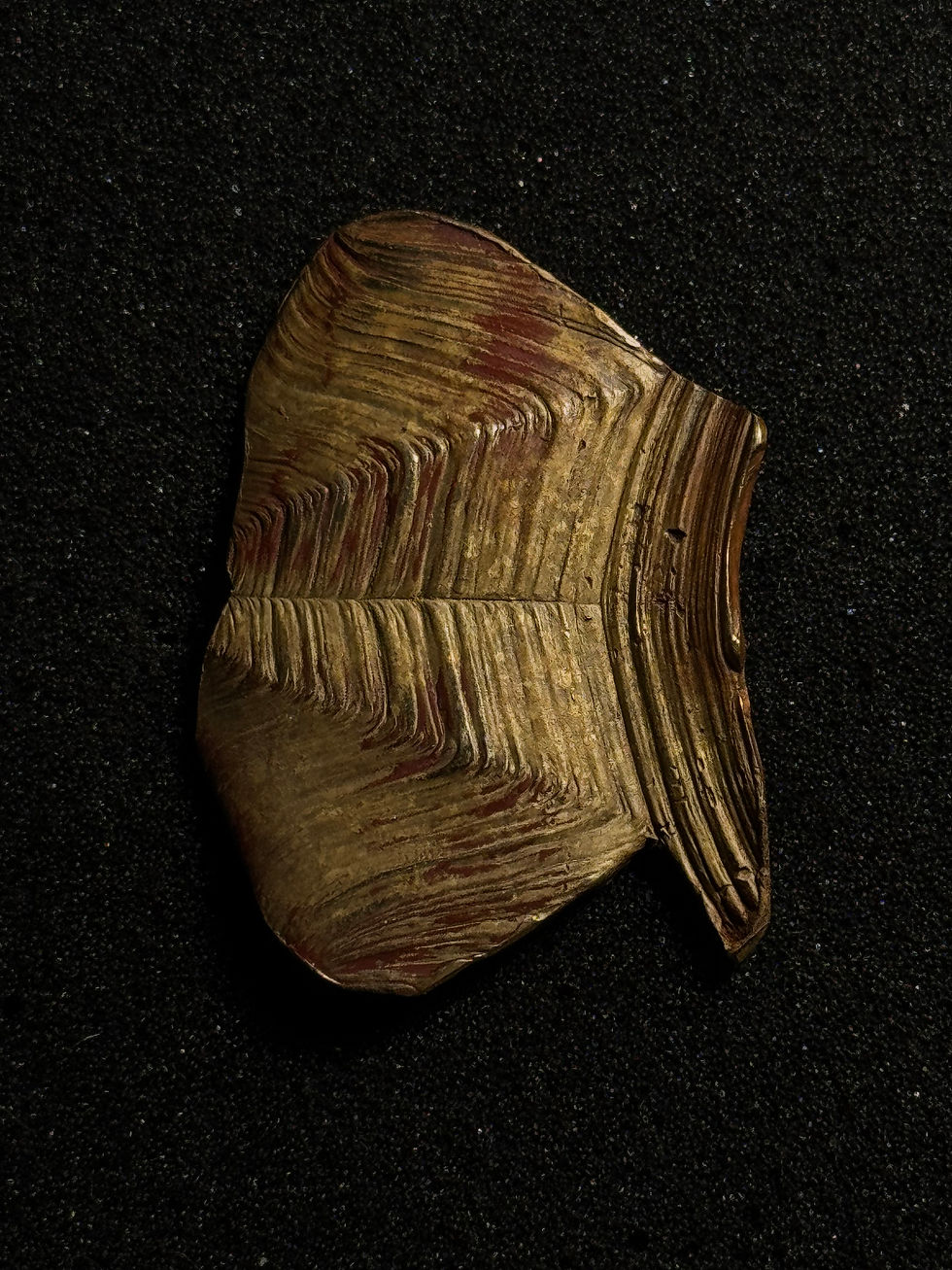
Chemical Etching
Chemical etching is a process used to create detailed designs or textures on a metal surface by using a chemical solution to selectively dissolve parts of the metal. A resist, such as wax, tape, or specialised coatings, is applied to protect areas that should remain untouched. The exposed areas are then submerged in or exposed to an acid or etching solution, which removes the unprotected metal. This technique is commonly used in jewellery making to produce intricate patterns, textures, or inscriptions on metals like silver, brass, or copper.

